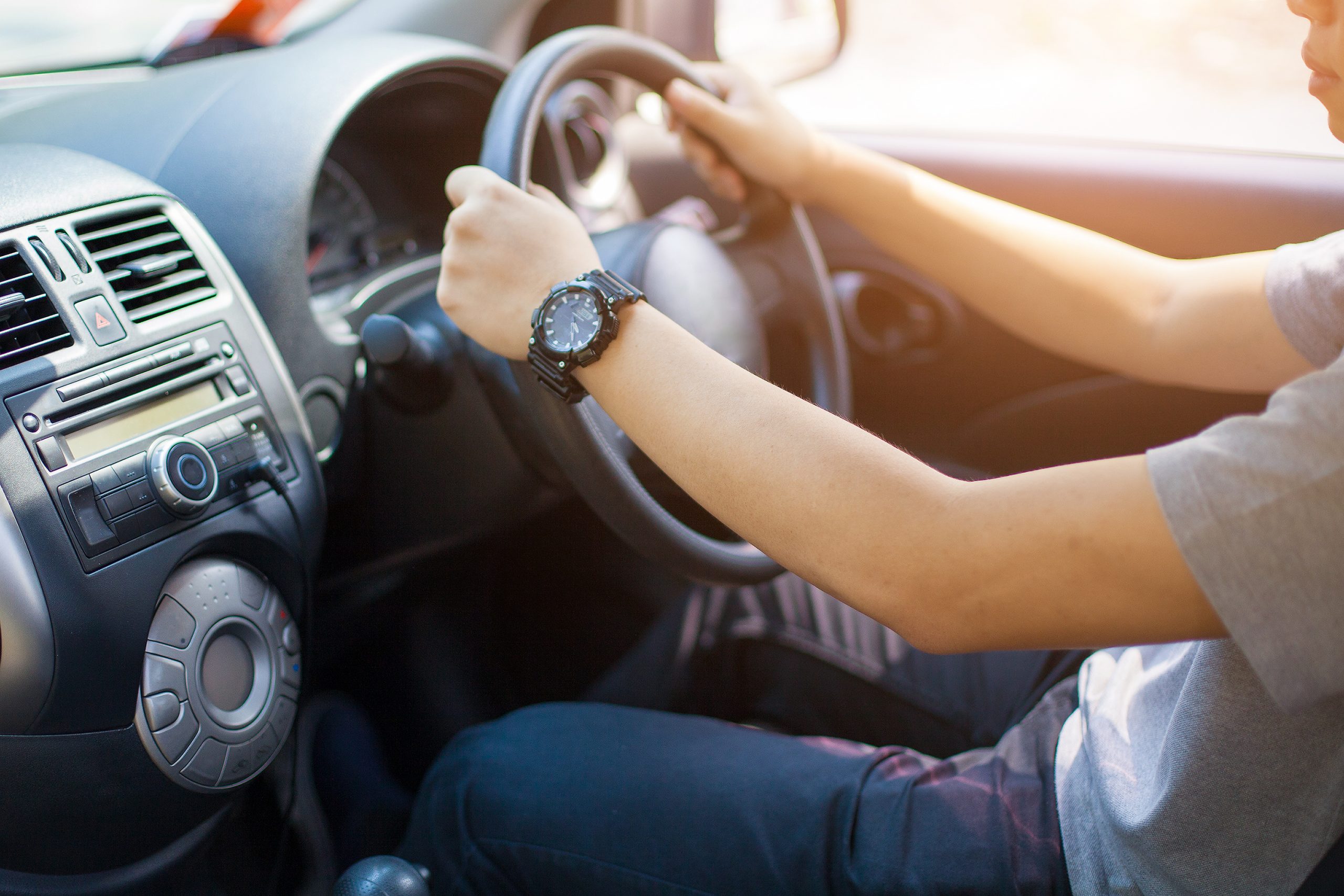Insurance
The £1,000 fine for opening your car door with the wrong hand

Changes to the Highway Code come into effect on Saturday 29 January. One of the new rules is that drivers must use the “Dutch Reach” method to open their car door.
The Dutch Reach means that instead of using the hand closest to the door to open it, you use your far hand.
This means that drivers, who sit on the right-hand side of the vehicle in UK-made cars, would use their left hand to open the car. Passengers sitting on the left-hand side of the car would have to reach over with their right hand.
This practice requires you to reach across your chest to open the door, forcing you to swivel your upper torso. This enables you to look in the rear-view mirror, out to the side, and then look over your shoulder to see any oncoming traffic.
The move allows a continuous view of oncoming traffic while preparing to exit, opening the door and stepping out.
The idea of the rule change is to reduce the number of cyclists being ‘doored’ by drivers who open their doors without looking and so cause a collision.
The Dutch Reach can also protect drivers and passengers themselves from being struck by an oncoming car. Drivers who injure someone by opening a car door unsafely can be fined £1,000.
Other changes to the Highway Code split road users into hierarchies. Those with the potential to cause the most harm – such as those driving big vehicles – have more responsibility to reduce the threat posed to others.
Under the hierarchy, pedestrians are viewed as most vulnerable followed by cyclists, horse riders, motorcyclists, cars, vans and large passenger or heavy goods vehicles.
Another rule change is that at a junction, drivers and motorcyclists must give way to pedestrians crossing or waiting to cross. In addition, cyclists should give way to pedestrians on shared-cycle tracks. Drivers are also encouraged to stop and wait for a safe distance between cyclists at roundabouts or in slow-moving traffic.